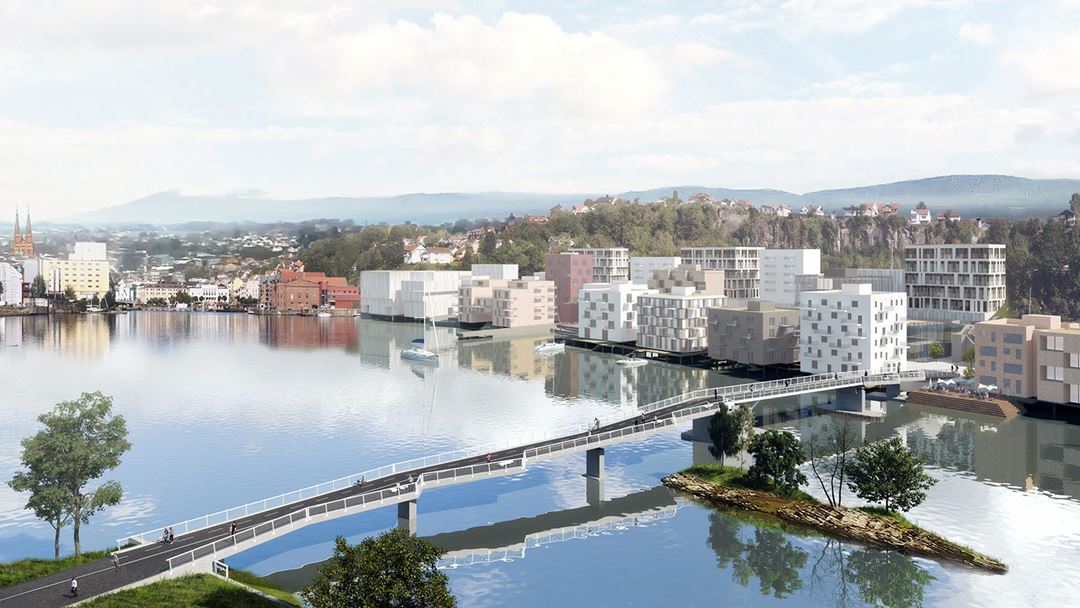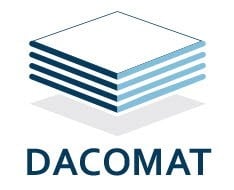The DACOMAT project speeded up their career
What made three construction engineering students choose to write up their bachelor's thesis on fibre-reinforced polymer composites (FRP)?

After finishing their studies in construction engineering at the OsloMet academy, students Ali Ashar Nawaz, Ola Åsbø and Sigurd Østmoe wrote a joint graduate thesis of their own choice. Ali, Ola and Sigurd wanted to write about something new, exciting and challenging, so they contacted Jens Kjær Jørgensen after discovering the website of the EU research project DACOMAT, coordinated by SINTEF. DACOMAT stands for DAmage COntrolled composite MATerials, and the aim of the project is to enhance the properties of fibre-reinforced polymer composites.
Fibre-reinforced composite materials
Fibre-reinforced polymer composites are used in the construction of structures such as wind turbine blades and pedestrian and cycle bridges. The students were put into contact with Reidar Kvale Joki at FiReCo, that specialises in designing load-bearing FRP constructions and is one of the partners in the DACOMAT project. It was decided that the students should study the interaction between fibre-reinforced polymer composites and concrete. FiReCo, in collaboration with SWECO, were assigned to contribute their expertise to the students’ project.
Interactions between different materials
The research topic at the heart of the students’ project was the interaction between concrete and FRP in vehicle ramps. Concrete has good compressive strength, but low tensile strength. FRP materials are light and, in contrast to concrete, exhibit better tensile strength than compressive strength. The students carried out a feasibility study in which they demonstrated how a ramp cross-section can be optimised to obtain as many benefits as possible from the properties of the two joined construction materials. They also succeeded in shedding lights on new challenges associated with interfacial interactions between composites and concrete.
The project was presented and defended by Ali, Ola and Sigurd in a packed auditorium at OsloMet. The three students had to answer several challenging questions from a panel of internal and external examiners, and from the audience. The students were very well prepared, and the examiners were clearly pleased with their work and rewarded the students with the highest possible grades.
Future careers
So, how are the students getting on now? Did their thesis project inspire their curiosities further on fibre-reinforced composites and their interactions with other materials?
Currently, Ali, Ola and Sigurd are well on their way with their Master’s studies at respected and prestigious universities. Ali is studying at the Danish Technical University (DTU) in Copenhagen, Ola at the Delft University of Technology in the Netherlands and Sigurd at NTNU in Trondheim, Norway. Ola is studying steel and composite structures. The other two are also studying FRP in one form or another. All of them are hoping to find a career as consultant engineers when they finish their degrees. The DACOMAT team wishes the students success in their studies and future careers.
Written by:
Reidar Kvale Joki, FiReCo
Tone Heggenhougen, SINTEF
